After eight years, 500 units produced and an (unofficial) production speed record, the Bugatti Chiron has passed its baton to its successor – an altogether very different car called the Bugatti Tourbillon. Named after an accuracy-improving rotating mechanism on an expensive watch – itself derived from the French word for “whirlwind” – this ferocious machine is the first to be produced since Molsheim merged with Rimac.
Rimac, of course, is a maker of fully-electric hypercars, which should give you some idea as to the kind of car the Tourbillon is. No, this isn’t an EV, but it is Bugatti’s first plug-in hybrid – and this time the company has ditched the highly-turbocharged W16 that has defined its cars past.
Sitting in its place – still uncovered by a rear deck – is a brand-new 8.3 litre naturally-aspirated V16, developed in partnership with Cosworth. Weighing just 252 kg, it nevertheless manages to churn out 1,000 PS and 900 Nm, with its redline at a stratospheric 9,000 rpm. This drives the rear wheels through a new eight-speed dual-clutch transmission and an electronic limited slip differential.
Augmenting the internal combustion engine are three electric motors, including a 340 PS/240 Nm electric motor sandwiched between the V16 and the gearbox. Another pair of 340 PS motors powers the front wheels, delivering all-wheel drive, torque vectoring across the front axle and an astonishing total system output of 1,800 PS.
The performance figures make for some dizzying reading – the Toubillon accelerates from zero to 100 km/h in just two seconds flat and blitzes past the 200 km/h mark in less than five seconds. It then passes 300 km/h in under ten seconds and 400 km/h in less than 25.
Despite the eyebrow-raising numbers, the Tourbillon isn’t quite an out-and-out speed machine, which is why it’s limited to 380 km/h in most situations. Even with the Speed Key, which lowers the rear wing at higher speeds to reduce drag, the car is still only capable of just 445 km/h – well below the Chiron Super Sport 300+‘s 490 km/h. Doubtless Bugatti will attempt a tilt at the speed record with a special edition later on.
Juicing the electric motors is a 25 kWh battery that provides an all-electric range of 60 km. Despite the PHEV powertrain, Bugatti claims the Tourbillon weighs less than the Chiron, although that’s not saying much when the latter tips the scales at nearly two tonnes.
Enveloping the ICE and motors is a new composite body structure made from T800 carbon fibre, integrating the battery, the rear diffuser with the crash structure built in, and even the front air intakes. You’ll also find 3D-printed components, including the front and rear structural bracing and the arms and uprights on the all-round multilink suspension, slashing weight in the suspension by 45%.
To pull it back from the big speeds it can achieve, the Tourbillon features carbon ceramic brakes, a rear wing airbrake function and a brake-by-wire system linked to the powertrain through an integrated vehicle non-linear controller. The massive discs hide behind gorgeous alloy wheels (20 inches in diameter at the front, 21 inches at the rear), wrapped in bespoke Michelin Pilot Cup Sport 2 tyres measuring 285/35 R20 at the front and 345/30 R21 at the rear.
Given the silly speeds it can achieve, the Tourbillon has been designed to balance aerodynamic efficiency and the cooling requirements of the voracious powertrain. To that end, the car features a more lithe and sculpted evolution of the Chiron’s design, retaining the hallmark C-shaped Bugatti line that now curves more sharply forwards towards the bottom – giving the car a more athletic look.
At the front, the horseshoe grille has been made wider and the intakes that flank it larger, directing air not just to the radiators but also through the front end and out the bonnet to increase downforce (don’t worry, there’s still space for a large front boot and fitted luggage). Sitting underneath the slim headlights is another inlet that channels air through the “flying” front fenders and into the side scoops.
Moving to the side, the Tourbillon’s design is defined by voluptuous curves, especially the haunches over the rear wheels. This draws the eye towards the gaping rear end, which houses the full-width taillights with the illuminated “Bugatti” script as well as the massive diffuser that starts from just behind the cabin, integrating the slim quad tailpipes.
Step inside (through the electric dihedral doors, aping the EB110) and you’ll find a typical Bugatti dual-cockpit design. As usual, the cabin is split by a centre line, this time enhanced by the centre-mounted wiper at the front and an illuminated light strip at the rear.
Here, however, the intricacy of the details have been cranked up to 11. Sitting in front of the driver is the centrepiece that defines the Tourbillon’s watch-inspired ethos – a skeletonised analogue instrument cluster that has been designed and engineered by Swiss watchmakers. Made up of 600 parts produced out of titanium and gemstones such as sapphire and ruby, the dials are incredibly busy, with a concentric speedometer and rev counter being the main focus of attention.
To ensure it remains visible at all times, the cluster sits right in the middle of the steering wheel atop a fixed centre hub; the spokes of the flat-bottomed ‘wheel are mounted on the top and bottom and reach around the back the whole assembly. The paddle shifters are affixed to the control “pods” on the sides.
Also intricate is the centre console, made from milled aluminium with machined crystal on top. Here, you’ll find knurled aluminium dials and a unique powertrain starter lever that you pull on to engage the engine. A rotating screen is hidden away until needed, in which case it rises out the dash in just two seconds in portrait mode (for the reverse camera) and five seconds in landscape mode.
Elsewhere, the seats are fixed to the floor, with drivers instead adjusting the pedal box to suit. This not only reduces weight but also enabled Bugatti to lower the roofline significantly, reducing the frontal area and hence drag. Another weight-saving measure is a sound system that dispenses with speakers and woofers, in favour of exciters that vibrate the door cards and other panels to produce sound.
The Tourbillon is now entering its testing phase ahead of customer deliveries in 2026. Just 250 units will be produced this time around, priced at an eye-watering €3.8 million (RM19.2 million) a pop.
Looking to sell your car? Sell it with Carro.

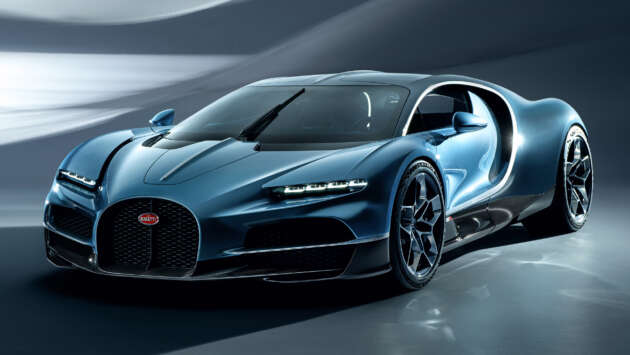
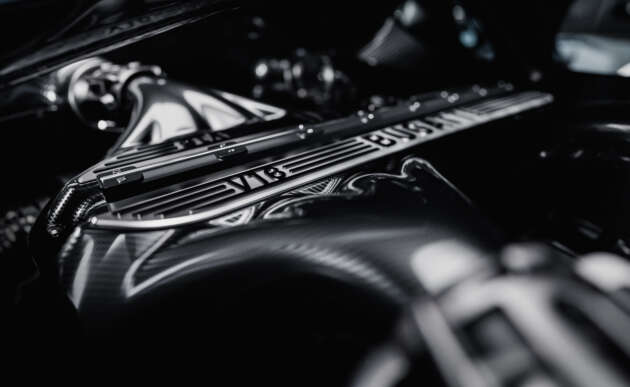
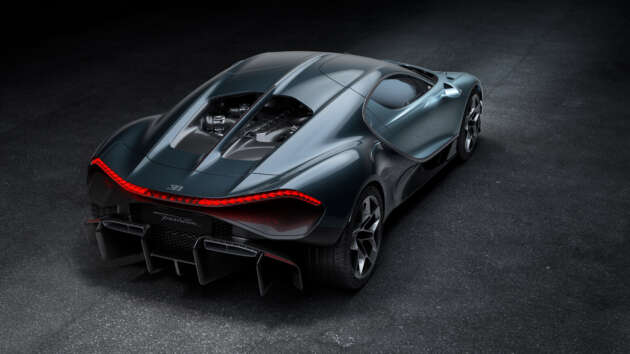
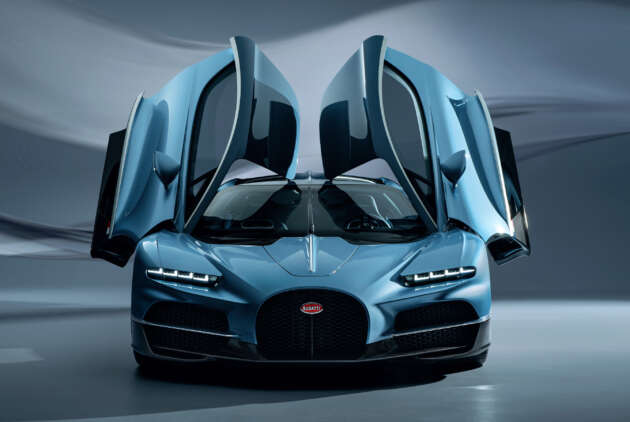
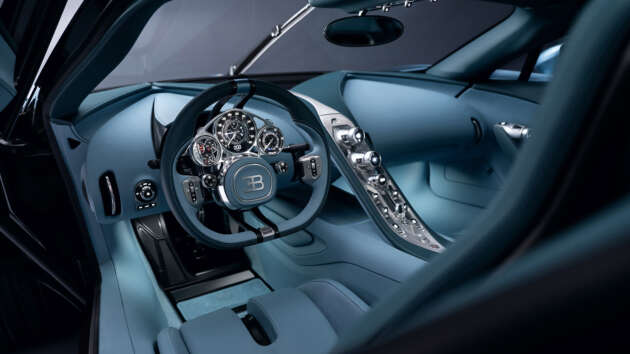
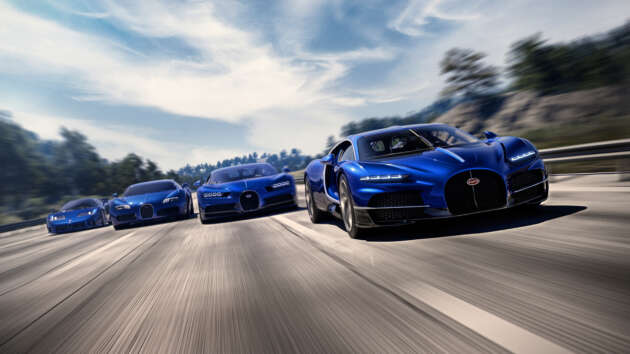




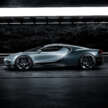
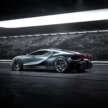


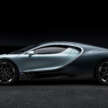
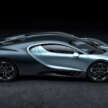
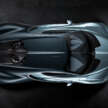

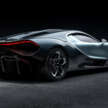
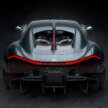
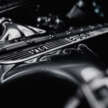



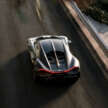
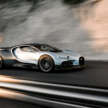






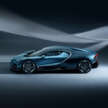
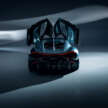


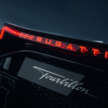
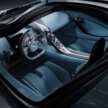

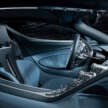
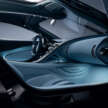
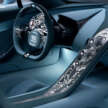

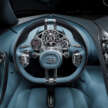
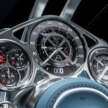
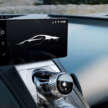
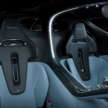
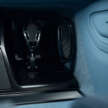
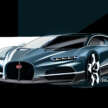
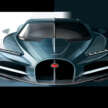
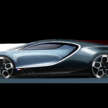
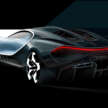
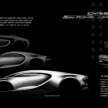
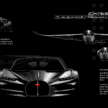
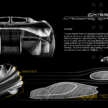

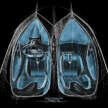
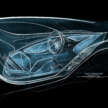
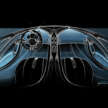



Holy sheet balls. If this isn’t the pinnacle of automotive engineering I don’t know what is.
Myvi better and more practical
No budget for development is it? Tak balik modal?
My dream car
Gg lah BYD seal
Please CKD in Pekan Pahang, hope price can reduce a bit